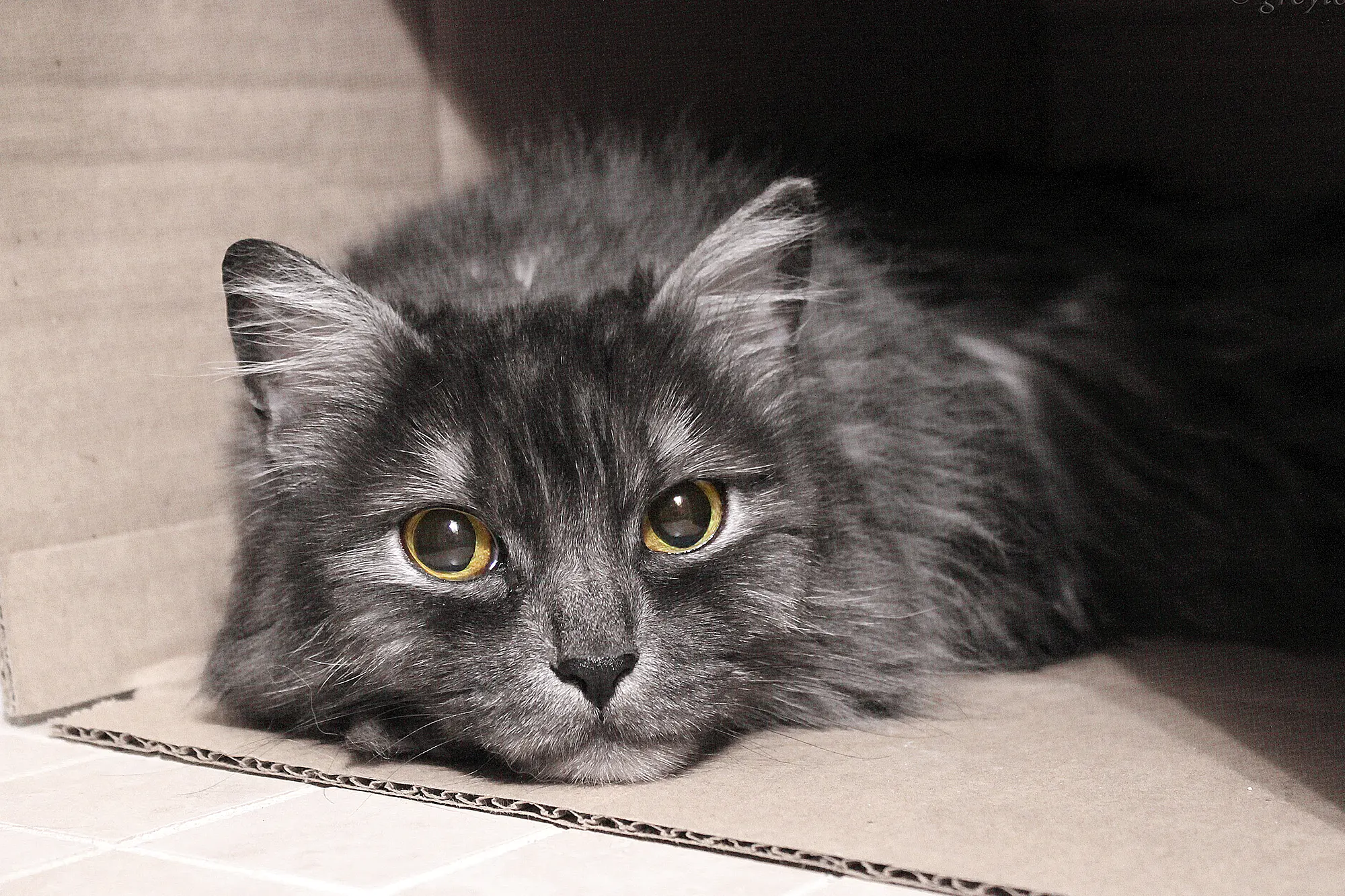Cats, just like humans, are capable of suffering from a variety of health conditions, one of which is hypertrophic cardiomyopathy (HCM). This is a common heart disease that can have severe implications if not diagnosed and managed early. This article will attempt to give you a clear understanding of what exactly this condition entails and how it may affect your beloved feline.
Feline Hypertrophic Cardiomyopathy – What is it?
In simple terms, hypertrophic cardiomyopathy is a heart condition in which the heart muscles thicken abnormally. The process is most commonly affecting the left ventricle, the main pumping chamber of the heart.
As the ventricular wall thickens, it becomes stiffer. This prevents the heart from relaxing and filling with blood, causing the heart to work harder. Over time, this added stress might affect the heart’s ability to pump blood effectively, leading to heart failure.
Causes of Feline Hypertrophic Cardiomyopathy
The exact cause of HCM in cats is still not fully understood. It does tend to be more common in middle-aged to older cats, and males are usually more likely to develop the condition than females. Genetics seem to play a role, particularly in certain breeds such as Maine Coon and Ragdoll cats.
However, it is also associated with other conditions that can lead to secondary hypertrophic cardiomyopathy, such as hyperthyroidism and high blood pressure.
Symptoms and Diagnosis
The symptoms of Feline HCM can be subtle and easily missed. They can also range, depending upon the extent of heart tissue thickening and the resultant impact on heart function. Some notable signs include breathing difficulties, lethargy, decreased appetite, and sudden paralysis due to blood clots.
Veterinarians generally diagnose hypertrophic cardiomyopathy using a combination of a physical examination, x-rays, electrocardiogram (ECG), and most specifically, an echocardiogram, which is a type of ultrasound for the heart.
Treatment Options for Feline HCM
Currently, there is no cure for hypertrophic cardiomyopathy. However, it can be managed with appropriate medication and care. The primary goal of treatment is to decrease the heart’s workload, prevent the formation of blood clots, and control the heart rate.
Living with a Cat with HCM
It’s important to remember that even though your cat has been diagnosed with HCM, it can still enjoy a good quality of life with proper management and regular vet check-ups. The focus is on making them as comfortable as possible and monitoring their condition closely.
Regular follow-ups with your vet will involve repeated heart scans and measurements to ensure the disease is being well managed, and adjustments can be made as necessary.
